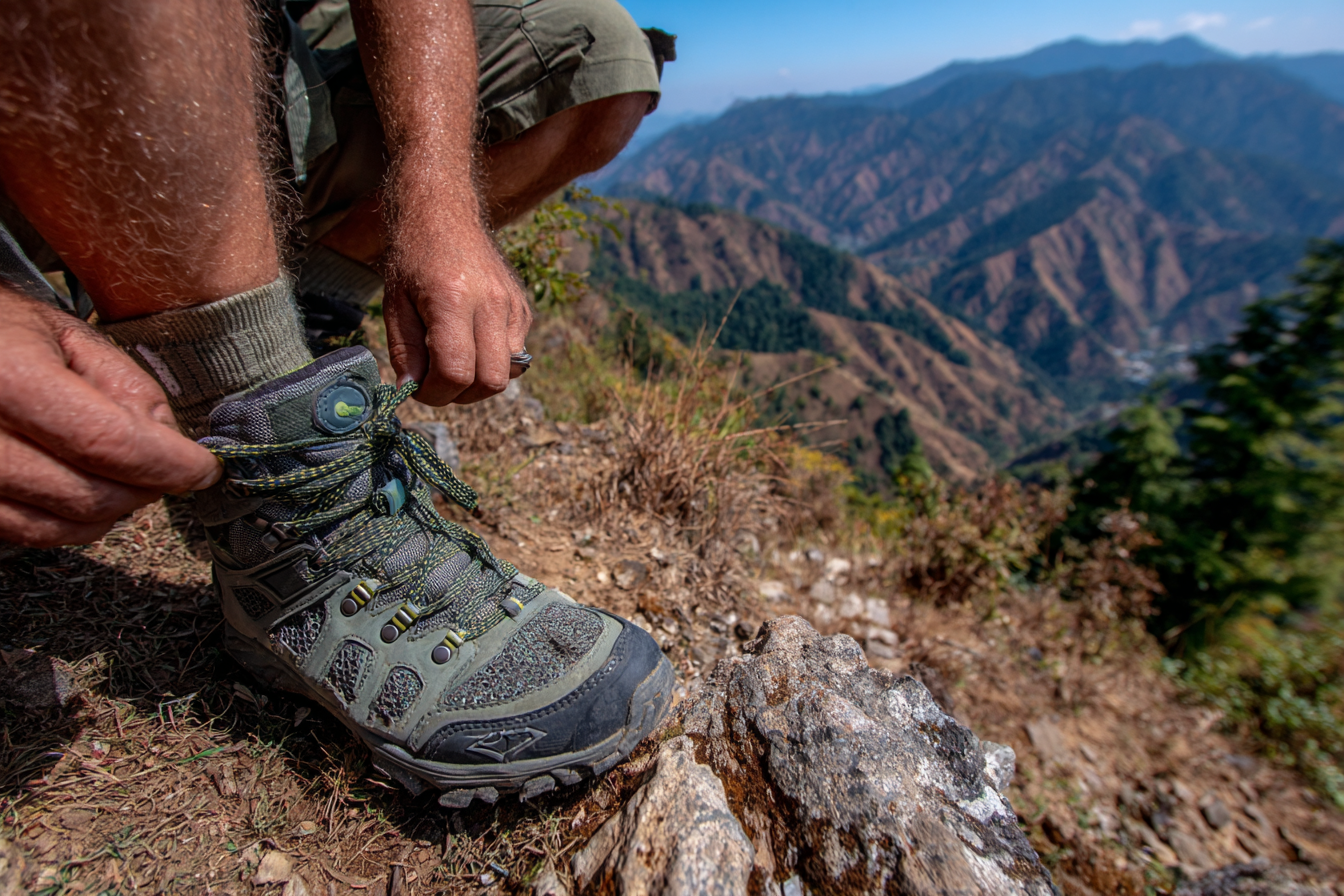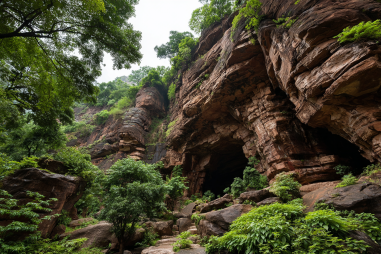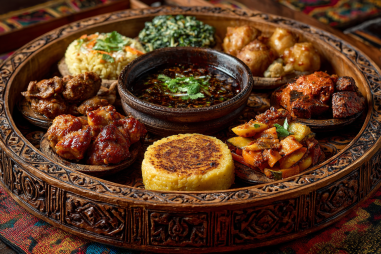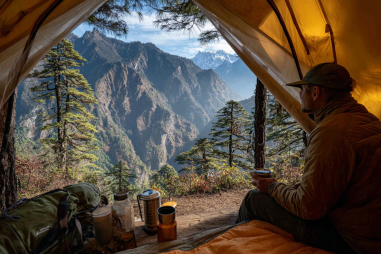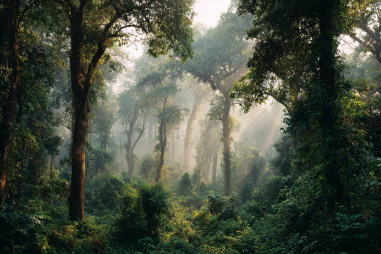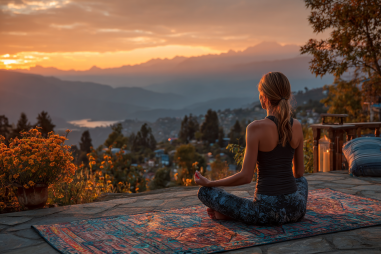Embarking on an adventure trek in Gorkha promises a unique blend of breathtaking Himalayan scenery, rich cultural experiences, and exhilarating physical challenge. Nestled in the heart of Nepal, Gorkha offers trails that weave through pristine forests, charming villages, and rugged mountain landscapes. To truly enjoy and conquer these trails, thorough preparation is essential. From getting your body ready and packing the right gear to understanding permits and hiring the right support team, this guide will help ensure you’re fully prepared for an unforgettable trekking experience in Gorkha.
Physical Fitness and Health Preparation
Adventure trekking in Gorkha will test your endurance, strength, and stamina. The terrain can be rugged with steep ascents and descents, and trekking often involves walking for several hours each day at high altitudes. Therefore, physical fitness is fundamental to a successful trek.
Start by incorporating cardiovascular exercises such as running, swimming, or cycling into your routine to build endurance. Strength training focusing on your legs, core, and back will help your body manage the demands of uneven terrain and heavy backpack loads. Additionally, practice hiking with a weighted backpack to simulate real trekking conditions.
Don’t overlook your overall health and any pre-existing medical conditions. Getting a thorough medical check-up before your trip is advisable. Consider altitude acclimatization protocols, especially if you have issues related to heart or lung function. Staying well-hydrated and maintaining a balanced diet in the weeks leading up to your trek can also make a noticeable difference.
Recommended Gear and Packing List
Having the right gear can make your trekking experience much more comfortable, safe, and enjoyable. Gorkha’s trail conditions can vary dramatically depending on the season and altitude, so packing smart is key.
Here is a recommended packing list for your adventure trekking preparation:
- Clothing: Layered clothing is essential. Pack moisture-wicking base layers, insulating mid-layers like fleece or down jackets, and waterproof, windproof outer shells. Don’t forget thermal socks, gloves, and a warm hat for chilly mornings and nights.
- Footwear: Invest in sturdy, well-fitting trekking boots that provide ankle support and have been broken in before your trip. Also bring comfortable shoes or sandals for evenings.
- Backpack: A good quality daypack for daily essentials (20-30 liters) plus, if you’re carrying your own gear, a larger trekking backpack (50-70 liters) with proper support and rain cover.
- Sleeping Gear: A warm sleeping bag rated for cold temperatures as mountain nights can be quite chilly.
- Accessories: Trekking poles to reduce knee stress, sunglasses with UV protection, a headlamp or flashlight with extra batteries, reusable water bottles or hydration systems, and a water purification method.
- Personal Items: Sunscreen, insect repellent, first aid kit, toiletries, and any personal medications.
Keep your pack light but comprehensive to balance preparedness and comfort effectively.
Permits and Registration Process
Before setting foot on Gorkha’s trails, it’s important to secure the necessary permits and complete any required registrations. These protocols not only help protect natural and cultural sites but also ensure your safety and compliance with local regulations.
Typically, trekkers need to obtain:
- Trekkers’ Information Management System (TIMS) Card: This allows you to register as a trekker in Nepal and is mandatory for most trekking regions.
- Restricted Area Permits: Depending on your route through Gorkha, some areas may require special permits from the Nepal government or local conservation offices.
Permits can usually be arranged through your trekking agency or directly at the Nepal Tourism Board or designated offices in Kathmandu or Pokhara. It’s crucial to keep your permits with you during the trek, as police or conservation officers may check.
Navigating Trail Conditions
Gorkha’s trails vary from well-marked pathways to more remote and challenging routes. Understanding trail conditions and being prepared to navigate them is crucial for a smooth trekking experience.
Most trails pass through mixed terrain, including forested hillsides, river crossings, suspension bridges, and mountain passes. The paths can be slippery after rain or in early spring when melting snow may saturate the soil.
Seasonal changes also impact trail conditions. The pre-monsoon months (March to May) and post-monsoon months (September to November) typically offer the best weather with clearer skies and stable trails. The monsoon season brings heavy rain and landslides, making trekking risky.
Keep essential navigation tools handy: physical maps, a compass, or GPS devices can help if signage is sparse. However, having a knowledgeable local guide is often the most reliable way to stay on track and gain insightful local knowledge.
Hiring Guides and Porters
While solo trekking is possible, many adventurers choose to hire local guides and porters for several good reasons. Guides provide expert local knowledge, help navigate the trails safely, enhance cultural understanding, and support interactions with local communities.
Porters can carry your heavier gear, allowing you to trek more comfortably and reduce the risk of fatigue or injury. Hiring porters not only eases your load but also helps support the local economy.
When selecting guides and porters, look for licensed and experienced professionals. Trekking agencies often provide reliable staffing and ensure fair wages and good working conditions, which is important ethically and practically for a successful trek.
Safety Precautions and Emergency Plans
Adventure trekking inherently involves risks, but taking safety precautions can mitigate most of them. Always inform someone of your itinerary and expected return times. Carry a fully charged mobile phone with emergency numbers saved, or consider renting a satellite phone for areas with limited coverage.
Know basic first aid and carry a well-stocked first aid kit for minor injuries or illnesses. Be aware of altitude sickness symptoms: headache, dizziness, nausea, and fatigue. Ascend gradually, stay hydrated, and don’t hesitate to descend if you feel unwell.
Weather can change rapidly in the mountains, so be prepared for sudden drops in temperature, storms, or heavy rain. Check local weather reports regularly and be flexible with your trekking plans if conditions worsen.
Lastly, familiarize yourself with the nearest health facilities and rescue options. Many trekking agencies have evacuation plans in place in case of serious emergencies.
Be Trek-Ready for Gorkha’s Adventure
Gorkha adventure trekking offers a rewarding journey through some of Nepal’s most spectacular and culturally rich landscapes. Thorough preparation on physical fitness, gear, permits, and safety planning is the key to making your trek both enjoyable and safe. By understanding what lies ahead and respecting the environment and local customs, you can immerse yourself fully in this extraordinary adventure, forging memories that will last a lifetime.

